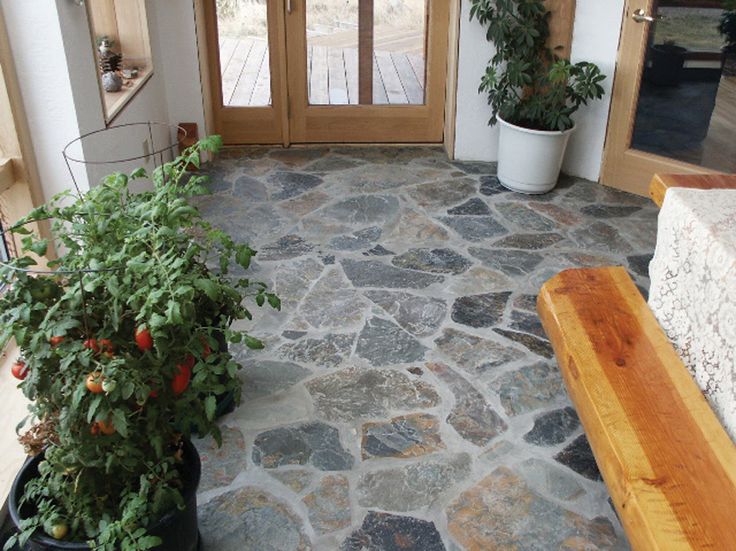
Unveiling Natural Stones
In the realm of architecture, interior design, and landscaping, few elements possess the timeless allure and enduring charm of natural stones. From the ancient wonders like the Pyramids of Giza to the modern marvels of urban skyscrapers, natural stones have been integral to human expression, culture, and construction for millennia. Let’s embark on a journey to explore the fascinating world of natural stones, from their geological formation to their myriad applications in our built environment.

The Genesis of Natural Stones:
Natural stones are geological formations created through the slow and intricate process of mineral crystallization, sedimentation, and metamorphism over millions of years. These stones are sourced from quarries located all around the globe, each bearing its unique geological history and distinct characteristics. Granite, marble, limestone, travertine, slate, and sandstone are among the most commonly utilized varieties, each offering its own blend of colors, textures, and structural integrity.
Aesthetic Versatility:
One of the most captivating aspects of natural stones is their aesthetic versatility. From the opulent elegance of marble to the rugged charm of slate, natural stones cater to a wide spectrum of design preferences and architectural styles. Whether adorning the floors of a luxurious mansion, cladding the façade of a contemporary office building, or accentuating the tranquility of a garden pathway, these stones imbue spaces with a sense of timelessness and sophistication.

Durability and Sustainability of Natural Stones:
Beyond their visual appeal, natural stones are prized for their exceptional durability and sustainability. With proper care and maintenance, these stones can withstand the test of time, retaining their beauty and structural integrity for generations. Moreover, their innate resilience to weathering, abrasion, and fire makes them an ideal choice for both interior and exterior applications. Additionally, natural stones are inherently eco-friendly, requiring minimal processing and leaving behind a relatively small carbon footprint compared to synthetic alternatives.
Applications Across Industries:
The versatility of natural stones extends across a multitude of industries, encompassing construction, interior design, landscaping, and beyond. In architecture, these stones are utilized for flooring, wall cladding, countertops, and structural elements, adding character and sophistication to residential, commercial, and institutional projects alike. In interior design, natural stones serve as focal points, accentuating the aesthetic appeal of spaces through statement pieces such as fireplace surrounds, bathtub enclosures, and decorative sculptures. In landscaping, these stones enhance the natural beauty of outdoor environments, adorning gardens, pathways, and water features with their organic textures and earthy hues.

Cultural Significance:
Throughout history, natural stones have held profound cultural significance, symbolizing strength, longevity, and artistic expression across diverse civilizations. From the majestic monuments of ancient Egypt to the intricate mosaics of the Byzantine Empire, these stones have been integral to the architectural heritage of humanity. Today, they continue to evoke a sense of reverence and admiration, bridging the gap between the past and the present through their enduring presence in our built environment.

In a world characterized by fleeting trends and ephemeral fashions, natural stones stand as timeless testaments to the enduring beauty of nature and the ingenuity of human craftsmanship. From their geological genesis to their multifaceted applications, these stones captivate the imagination, enriching our lives with their inherent elegance and enduring charm. As we navigate the ever-changing landscape of design and construction, let us not forget the profound legacy of natural stones, which continue to inspire, awe, and elevate the spaces we inhabit.



